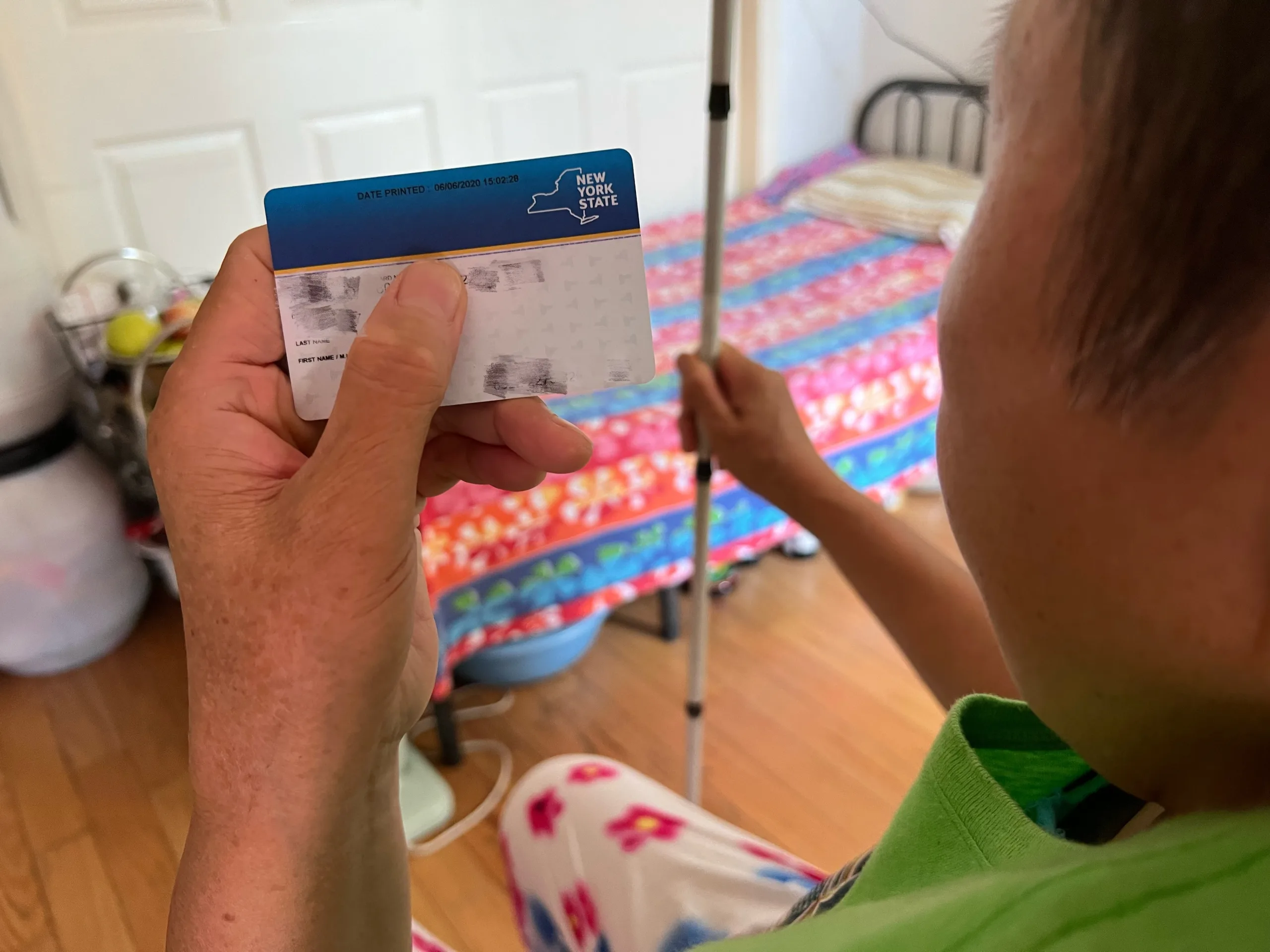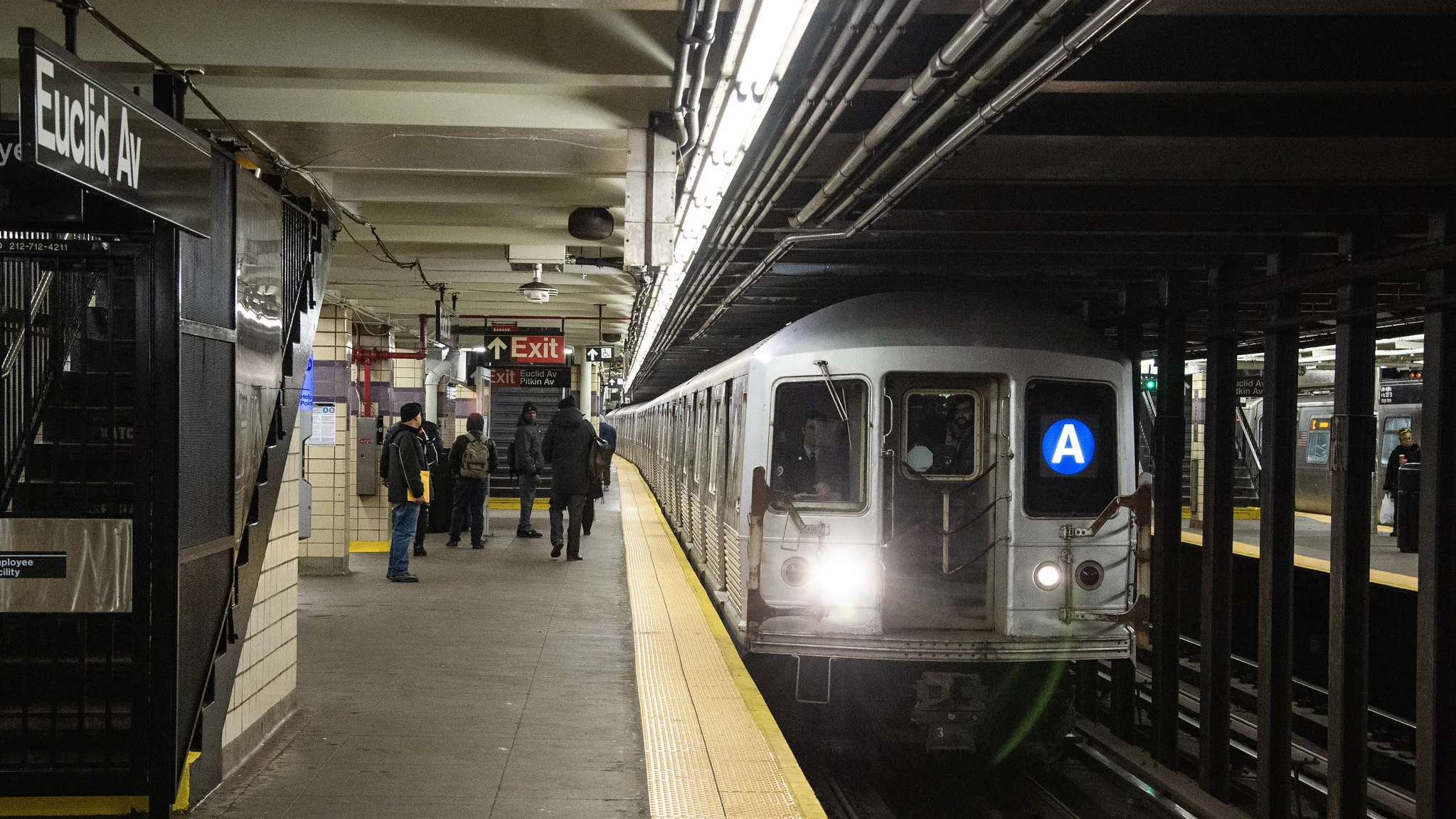When Annie Cheung stopped by her regular bakery in Bensonhurst in early March, she was met with an unsettling surprise. She expected her monthly food assistance benefits — roughly $292 — to have been deposited days earlier. She also had about $166 remaining from February.
But after paying for about $3 worth of baked goods, the store cashier said her balance on her EBT (Electronic Benefit Transfer) card was nearly depleted.
“What do you mean that I don’t have money left in my account?” Cheung, 68, recalled asking the cashier in disbelief. “It’s impossible, I haven’t bought much recently,” Cheung told the cashier.
It wasn’t long before the cashier offered her an answer: “I guess your benefits might have been stolen,” the cashier said.
For Cheung, a 68-year-old retiree whose monthly SNAP benefits (previously known as food stamps) cover nearly half of her grocery expenses, the loss was devastating.
Also Read: How To Report Stolen SNAP Benefits and Claim Reimbursement
But, making matters worse, there was no way to recover the stolen funds. A federal program that reimbursed SNAP recipients for theft ended on Dec. 20, 2024, after Congress failed to extend the funding that allowed the federal government to reimburse states to cover the cost of stolen SNAP benefits.

In New York City, nearly 1.8 million low-income residents like Cheung rely on SNAP benefits to supplement the cost of groceries and ensure they have the funds necessary to keep themselves and their families healthy and fed. The abrupt end of SNAP theft replacements has left them vulnerable to food insecurity. Meanwhile, reports of EBT fraud continue to rise.
Since replacement benefits became available on Aug. 20, 2023, the New York City Department of Social Services (NYCDSS) has received over 140,000 claims for replacement SNAP benefits and approved over $43 million in replacement benefits.
And while federal authorization to SNAP replacement benefits for theft was discontinued on Dec. 20, 2024, NYCDSS still received over 8,800 claims for stolen SNAP benefits by the end of February 2025, according to DSS spokesperson Nicholas Jacobelli. The average monthly SNAP benefit per person in fiscal year 2025 is $193.15, according to USDA.
He also noted that the actual value of stolen SNAP benefits is likely higher than the total amount of replacement benefits issued, as statutory limits cap reimbursements at either the total amount stolen or twice the recipient’s most recent monthly SNAP benefit — whichever is lower.
Jacobelli noted that in the weeks immediately following Dec. 20, 2024, most SNAP claims were approved, as the benefits in question were stolen prior to December 20.
Also Read: EBT Card Stolen? How to Protect Your Food Stamps Benefits
“But as we move further away from the deadline, the approval rate continues to fall as more claims are submitted for benefits which are ineligible for replacement,” said Jacobelli. “At this point the SNAP approval rate is roughly 5% and will continue to decline.”
Jacobelli added that electronic benefits theft continues to affect not only New Yorkers, but also vulnerable individuals nationwide who rely on SNAP to feed their families. “Without replacement benefits, those who fall victim to electronic benefits will not have any way to recover their stolen benefits and, in most cases, be forced to navigate the resulting economic uncertainty on their own,” Jacobelli added.
Cheung said she was “shocked” upon learning her benefits had been drained. It was the first time she had fallen victim to SNAP theft, and she had no idea how someone had accessed her funds.
After hearing the news, Cheung rushed to the Homecrest Community Services, where she could seek assistance as a Chinese senior with limited English proficiency. There, staff members helped her download an app and freeze her EBT card using a new “freeze card” function to prevent further theft.
Through her case manager, Lisa Zhen, the director of social services at HCS, Cheung also learned that her benefits had been used in Sunset Park — an area she didn’t visit when the purchases happened. The loss of nearly $460 in food assistance meant Cheung had to cut back drastically on spending.
“My life has been impacted a lot,” she said in Mandarin. “I have to spend as little as possible on food just to make it through the month.”
EBT theft occurs primarily through skimming, where electronic overlays installed on a store’s point of sale machine copy the card’s information and PIN. “Bad actors then use this information to create ‘clone cards’ and use these cards to make purchases with the victims’ benefits – this typically occurs out of state,” said Jacobelli.
He explained that unlike contemporary credit and debit cards, which feature “smart chip technology” to safeguard card information and protect against card cloning, EBT card info is stored in a less secure magnetic strip which makes these cards susceptible to skimming devices.
Also Read: How to Get Help Paying for Food and Groceries in NYC
SNAP benefit skimming like this has also impacted communities nationwide. Since the Food and Nutrition Service (FNS) at the U.S. Department of Agriculture started tracking reported benefit replacement data submitted by states in the second quarter of fiscal year 2023, they calculated that over 457,000 households nationwide have lost more than $220 million in benefits because of SNAP fraud.
But New York, where more than 2.9 million New Yorkers each month receive SNAP benefits, is the state hit hardest by this crime. Over 118,000 stolen benefits claims have submitted claims during fiscal year 2023 and 2024 — more than 20% of the total claims nationwide. Nearly 85,000 New Yorkers have recovered approximately $40 million in stolen benefits, according to data tracked by USDA.
According to NYCDSS, since August 2023 when replacement benefits became available, to February 2025, claims from Brooklyn and the Bronx, make up a majority of the claims submitted — over 60% of approved claims were submitted by residents of Brooklyn and the Bronx.
In the Chinese community in Brooklyn, local senior centers and nonprofit organizations have experienced a dramatic increase in the number of people reporting theft.
Wei Zhang, service coordinator of the Services for Families with Special Needs at the Chinese-American Planning Council, said he has seen immigrants coming to their office reporting their SNAP benefits got stolen every week. “They feel helpless, and there is currently no way for them to recover their losses,” he said.
Lisa Zhen, director of social services at Homecrest Community Center in Brooklyn, said her team has helped clients file claims, set up accounts, and secure PINs while also educating them on fraud prevention and account management. “Many of the seniors at our center have fallen victim to SNAP benefit theft,” she said.
The issue extends beyond Brooklyn and the Bronx. In Queens, Councilmember Sandra Ung’s office reported that between Aug. 1 and Dec. 10 of last year, 1,990 claims for stolen SNAP benefits were filed within five ZIP codes in her district. Her office has also processed over 335 applications for EBT replacement funds. The theft of SNAP benefits has been particularly harmful in older adult and immigrant communities, according to Council member Sandra Ung’s office.
At the federal level, Congresswoman Grace Meng is introducing the Ending Stolen SNAP Benefits Act to mandate reimbursement for stolen benefits and support the transition to more secure EBT cards. Meanwhile, at the state level, Senator John Liu is co-sponsoring legislation (S1465/A699) to enhance EBT security by replacing magnetic stripe cards with chip-enabled technology, a fraud prevention measure already widely used by financial institutions.
In its announcement about the program’s termination, the USDA agency stated, “SNAP state agencies can choose to replace stolen benefits using state funds. There is no guarantee that state-funded replacements would be retroactively reimbursed with federal funds.” The USDA did not respond to Documented’s questions about whether or when the replacement of stolen SNAP benefits will be reinstated.
The state Office of Temporary and Disability Assistance (OTDA), which oversees EBT card production, has indicated that implementing chip technology would require at least $40 million for the first year. Barbara C. Guinn, OTDA Commissioner, acknowledged in a February hearing that chip cards are “probably the best path forward” for preventing electronic skimming. However, she noted that the transition would involve significant technical changes, affecting over 1.5 million cards in the first year alone.
OTDA is in the early stages of transitioning to chip-enabled EBT cards to enhance security, according to the agency. The agency said it is working with vendors to assess costs and determine the most efficient implementation to protect beneficiaries from electronic theft.
Gov. Kathy Hochul has taken steps to combat benefit skimming, including launching a new tool that allows users to freeze and unfreeze their EBT cards via a mobile app. She has signed legislation requiring EBT cardholders to be warned about potential electronic theft and is working with the Legislature to implement a phone-based option for freezing and unfreezing cards.
However, some seniors who Documented spoke with said they have struggled with the freezing card technology, experiencing delays at checkout as they attempt to unlock their cards.Yana Huang, a SNAP recipient in Flushing whose benefits were stolen in February, expressed frustration with the ongoing issue. “I hope the government restores the SNAP replacement benefit program, but the real solution is to switch to chip cards,” she said in Mandarin. “Otherwise, taxpayers end up paying twice for what thieves steal, while criminals continue to get away with it.”
If you are a victim of SNAP theft or you want to know how to prevent the thefts, read this guide on how to secure benefits, freeze your EBT card, spot skimmers, and report theft.













